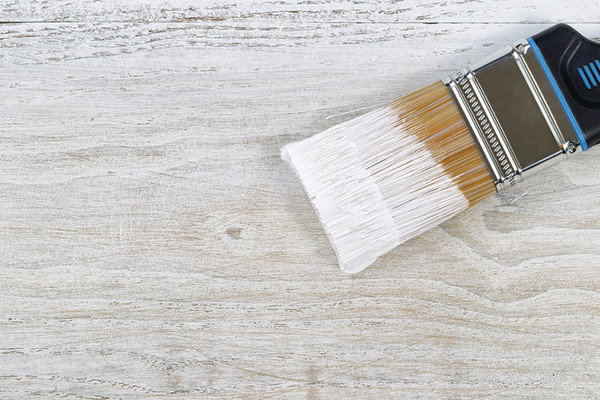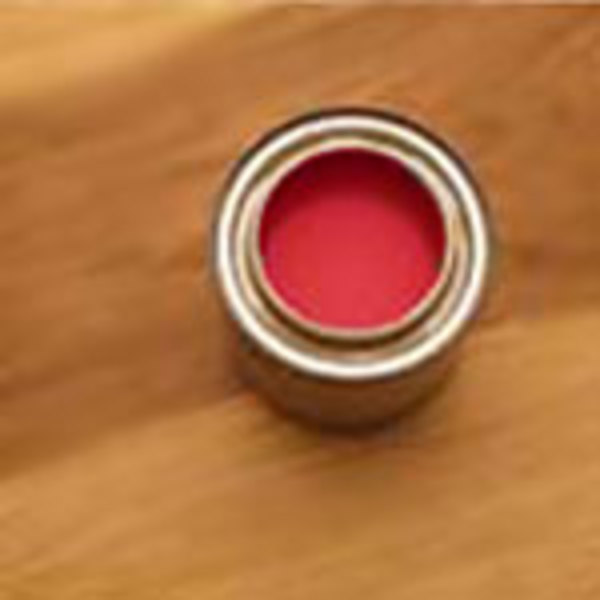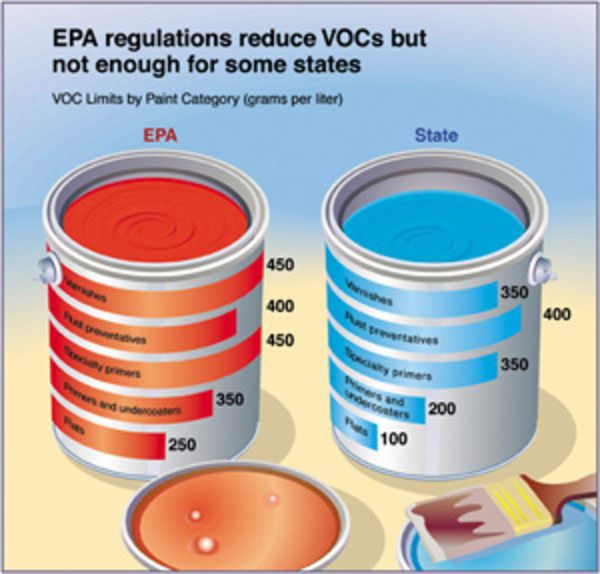By Steve Jordan

(Photo: Fotalia.com)
For more than 25 years, old-house owners have heard far-off rumblings that paint would change drastically once less toxic waterborne paints improved and new government regulations were introduced. That day has finally arrived. After some 300 years of use, most oil-based paints are beginning to be phased out, destined to become the buggy whips and Easter bonnets of architectural coatings. Even die-hard traditionalists like me have accepted the changes, while painters and do-it-yourselfers say that, after decades of constant reformulations for oil and latex paints (also called waterborne paints because they’re thinned with water), it’s about time manufacturers left their product lines alone and gave people a chance to adjust to the latest technology.
While that does appear to be happening, now more than ever, where you live determines what you can buy. Modeled on states such as California, where laws mandating environment-friendly paints have been in place for some time, regulations restricting the ingredients in architectural coatings took effect in eight states last year, and many more states are considering similar legislation.
Eventually, the new regulations probably will affect all 50 states because paint companies don’t want to manufacture separate products to meet different standards in each state or even within states where some counties and cities have passed their own rules. One misconception is that the new paint regulations affect only traditional oil-based coatings, which is not true.
They also affect the formulation of many common latex paints as well as primers, stains, and varnishes. So expect changes in these products, too. How the new products compare to the old varies. In some ways, they’re better; in some ways, they’re not. So here it is, the unvarnished truth about how the new rules might affect you.

Higher Standards
From the advent of pre-mixed paint at about the time of the Civil War, the quality of oil-based paint-its coverage, leveling, durability, and color retention-only got better. Oil-based paint from the 1920s through the 1960s was delightful to use in that it covered in fewer coats, leveled like glass, and was as tough and as durable as steel. The array of products enabled painters to be craftsmen.
Then came the success of user-friendly latex paint, first introduced after World War II, and the challenges from environmental regulations that followed. Instead of improving oils further, paint manufacturers directed their research at improving latexes, and existing oils were reformulated only to meet the letter of the law.
For more than a decade, sticklers for traditional coatings adjusted and re-adjusted to the various reformulations of oil-based paint, which became harder to apply, yellowed noticeably for light colors over a short period of time, and didn’t level as smoothly as it had in the past. With mixed results, painters adjusted by adding thinners and additives on site or gave up and switched to latex paint. Sales of oil-based paints have been dropping steadily for 30 years and today account for only a small fraction of architectural paint sales.
In the 1990s the EPA, which regulates air pollutants, began focusing its attention on VOCs (volatile organic compounds), which are found in everything from deodorant to shellac. In paint, VOCs are additives or solvents, such as mineral spirits, naptha, lacquer thinner, dryers, oils, and alcohol.
Ethylene and propylene glycol-additives that prevent freezing and promote wet-edge time-are VOCs commonly found in many latex paints, as are the coalescents that promote paint film formation.
VOCs are harmful to people and the environment. As paint dries, VOCs vaporize, and when they’re released, they contribute to the depletion of the ozone in the earth’s stratosphere and create smog or ground-level ozone. Under the Clean Air Act of 1990, the EPA was required to enact regulations for restricting VOCs. In 1999 those regulations took effect nationally, and more recently, states have started to adopt even tougher standards than the EPA to reduce air pollution further.
Paint by the Quart
The problem is that most pre-2005 alkyd paints (modern versions of oil-based paints) were formulated using various solvents, oils, and dryers that didn’t comply with the new rules established in many states. As a result, some paints have been discontinued; for example, you can’t purchase an interior, flat, oil-based enamel anywhere.
Other paints, however, were exempted under the new state rules and continue to be sold but only in restricted quantities. For homeowners, this restriction means that eggshell to satin sheens; oils formerly used on walls and ceilings; and satin, semi-gloss, and gloss oils used on woodwork and trim will only be available in quarts.
Exterior oil-based house paint, enamel, and porch paint (floor and deck enamels) are also included in this quarts only list. To add insult to injury, those quarts are sold at a new higher price, in addition to the premium quart price. Formerly, one gallon cost $25, but under the new rules, you would need to buy four quarts at, say, $13 each for a total of $52.
Fortunately oil-based primers necessary for the switch from oil-painted surfaces to a latex system will comply with the new VOC rules and be available in gallons. These primers include specialty stain covering and adhesion primers, interior undercoaters, and exterior primers. The latter is especially important because exterior weathered wood should be coated with an oil-based primer for long-lasting results. Latex paints and primers don’t adhere well to dirty, chalky surfaces unless they’ve been meticulously cleaned.
If you can find them, older products are grandfathered in, meaning that supplies manufactured before the new regulations took effect are legal to use. Many suppliers purchased warehouses full of paint for this purpose but have already sold out. What you can’t do is bring products from non-regulated areas into regulated areas, or substitute industrial products-which, in the case of oil-based enamels, are still available in gallons-for residential use.

Illustration Courtesy of Dick Gage
Leveling about Latex
For small finicky jobs oil-based enamels in quarts work fine, but it takes a lot of quarts to paint the exterior of a two-storey Queen Anne house. If you haven’t already, it might be time to switch to latex.
How low-VOC latex paints measure up depends on your point of reference. If you’re comparing them to oil-based paints, in many ways the low-VOC latexes just aren’t the same. The truth is as oils disappear and are replaced by waterbornes, we are settling for enamels that don’t level as easily, aren’t as tough as the old oil-based paints, and don’t cover nearly as well.
Do-it-yourselfers and professional painters who abandoned oil-based paints a long time ago probably won’t notice any difference in performance.
In some ways, the new generation of latex paints does boast some noteworthy improvements, and the new products are significantly better than older latex lines. Washable interior latex flats for walls and ceilings now offer tough properties similar to flat oils. The adhesion of acrylic primers and paints to various substrates now approaches or equals the adhesion properties of oil primers and paints. (Although modern acrylic primers are excellent, the safest method of converting from an oil-painted surface to latex is to sand the surface and use an appropriate oil-based primer.) With skillful application, latex enamels can be applied to level like their oil-based cousins (see Working with Water-Based Paints, September/October 2003). Film life and color retention of latexes have long surpassed those of even the best oils ever made.
In a nutshell, the future looks strong for low-VOC latexes. With time manufacturers may create latex paints that have all the attributes of oils, and it probably won’t take another 300 years to do it.







